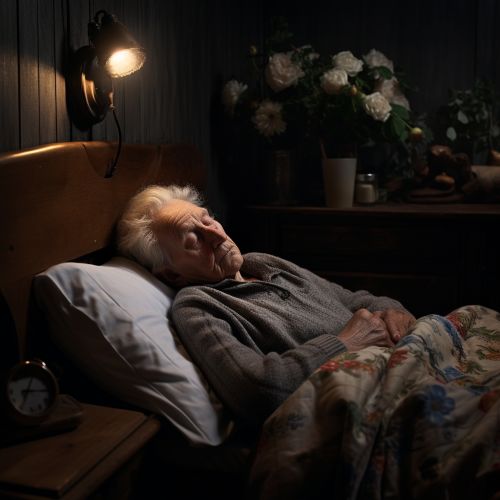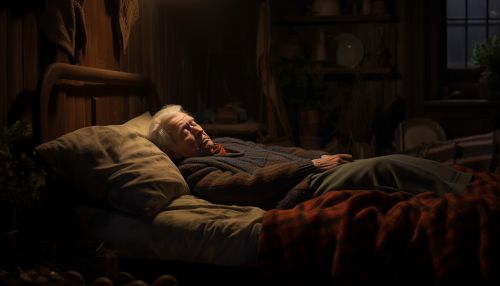Sleep Disorders in Older Adults
Introduction
Sleep disorders in older adults are a common and often serious health issue that can significantly impact an individual's quality of life. These disorders, which include conditions such as insomnia, sleep apnea, restless legs syndrome, and circadian rhythm sleep disorders, can lead to a variety of physical and mental health problems if left untreated.


Prevalence and Impact
Sleep disorders are prevalent in older adults, with an estimated 50% of individuals over the age of 65 experiencing some form of sleep disturbance. These disorders can have a profound impact on an individual's health and well-being, leading to physical ailments such as heart disease and diabetes, as well as mental health issues like depression and anxiety.
Types of Sleep Disorders
There are several types of sleep disorders that are commonly found in older adults. These include:
Insomnia
Insomnia is characterized by difficulty falling asleep, staying asleep, or waking up too early. This can lead to daytime fatigue, difficulty concentrating, and mood disturbances.
Sleep Apnea
Sleep apnea is a serious sleep disorder that involves repeated interruptions in breathing during sleep. This can lead to daytime sleepiness, high blood pressure, and an increased risk of heart disease.
Restless Legs Syndrome
Restless legs syndrome is a neurological disorder characterized by an irresistible urge to move the legs, often accompanied by uncomfortable sensations. This can lead to disrupted sleep and daytime fatigue.
Circadian Rhythm Sleep Disorders
Circadian rhythm sleep disorders involve disruptions in the body's internal clock, leading to sleep disturbances. This can result in difficulty falling asleep, waking up too early, or experiencing excessive sleepiness during the day.
Causes and Risk Factors
Several factors can contribute to the development of sleep disorders in older adults. These include:
- Age-related changes in sleep patterns
- Medical conditions such as Parkinson's disease or Alzheimer's disease
- Medications
- Lifestyle factors such as lack of physical activity or poor sleep hygiene
Diagnosis and Treatment
Diagnosis of sleep disorders in older adults typically involves a comprehensive sleep evaluation, which may include a sleep diary, questionnaires, physical examination, and potentially a polysomnography or sleep study. Treatment options can vary depending on the specific disorder and may include lifestyle changes, medication, cognitive behavioral therapy, or in some cases, surgery.
Conclusion
Sleep disorders in older adults are a significant health issue that can have serious consequences if left untreated. However, with proper diagnosis and treatment, these disorders can be effectively managed, improving the quality of life for older adults.
